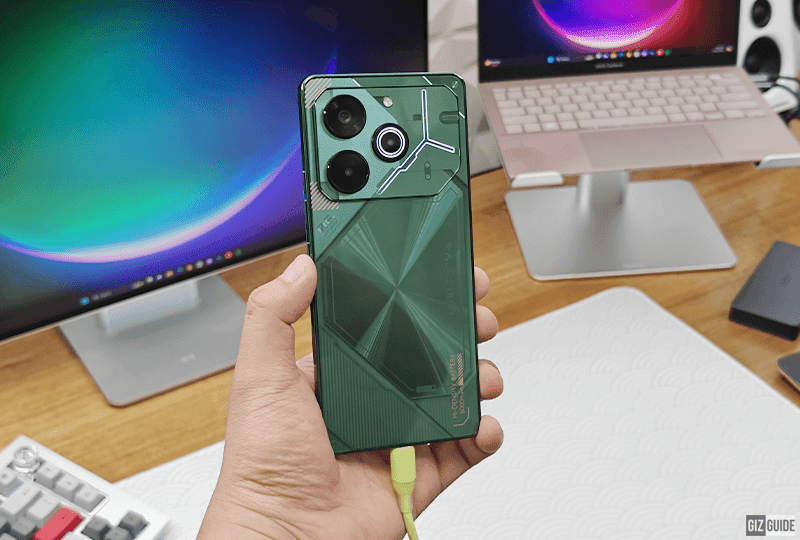In 2024, 86 percent of Ethiopian men and 65 percent of Ethiopian women owned a mobile phone, a significant increase from 79 percent and 57 percent, respectively from the previous year. The data was revealed in the GSMA Mobile Gender Gap Report 2025, which was published on May 14, highlighting both improvements and lingering inequalities in low and middle-income countries.
However, there is a more complicated picture hidden beneath the surface of expanding basic access. Only 15 percent of people own a smartphone, and the gender gap in smartphone ownership is glaring: only 6 percent of women own a smartphone, compared to 18 percent of men, a 43 percent disparity. Women trail men by 36 percentage points when it comes to mobile internet use.
One of the biggest advancements in sub-Saharan Africa is the reduction of the gender gap from 27 percent to 24 percent.
As a result of its aggressive telecom liberalisation and digital transformation agenda, Ethiopia has recorded some of the most notable increases in mobile phone usage among low- and middle-income nations.
However, a recent report cautions that a persistent gender gap in smartphone and mobile internet adoption could erode this momentum and leave millions of Ethiopian women behind in the nation’s digital economy.
Role of Safaricom in bridging the mobile gender gap
The liberalisation of Ethiopia’s telecoms industry, which was once a state monopoly, is partly responsible for these gains. Competition with state-owned Ethio Telecom has reduced prices, increased coverage, and broadened service offerings since Safaricom Ethiopia arrived in 2022. As Ethiopia, Africa’s second most populous country, adopts a digital-first development model, its digital penetration is impressively catching up to peers.
Ethiopia’s progress towards inclusive growth could be slowed by this digital divide. “Ethiopia has achieved admirable gains in mobile reach,” said a gender expert working at one of the NGOs based in Addis. “But smartphones and internet access are now the frontier for economic empowerment, and that is where the gender gap is proving most persistent.”
Role of Ethio’s Telebirr and Safaricom’s M-Pesa in financial inclusion
The ramifications go beyond just communication. Financial inclusion is becoming more accessible through mobile technology thanks to platforms like M-Pesa and Telebirr. Since its launch in 2021, Ethio Telecom’s mobile money platform, Telebirr, has accumulated over 40 million users. However, women’s involvement in digital finance is still limited because they are less likely to own smartphones or have internet access.
Mobile use is common but uneven among micro-entrepreneurs, a crucial sector of Ethiopia’s informal economy. According to the GSMA report, 69 percent of female entrepreneurs and 86 percent of male entrepreneurs use mobile phones for business. In addition to limiting women’s access to consumers and markets, this 17-point disparity also prevents them from taking advantage of mobile-based credit, savings, and payment systems.
Challenges facing women
Deeper structural barriers are indicated by a 43 percent gender gap in smartphone access and limited internet usage among women, despite rising mobile ownership among both sexes.
Women’s digital inclusion is still hampered by structural issues. Many people cannot afford the price of a basic smartphone, which is about 5,000 birr (40 US dollars), especially in rural areas where household incomes are low. Social norms may limit women’s mobility and access to technology, and they frequently have less control over their financial resources.
Another challenge is digital literacy. It is less common for women to get official or informal instruction on how to use smartphones and the internet. Initiatives from the public and private sectors are focusing more on these gaps, but their reach is still uneven.











